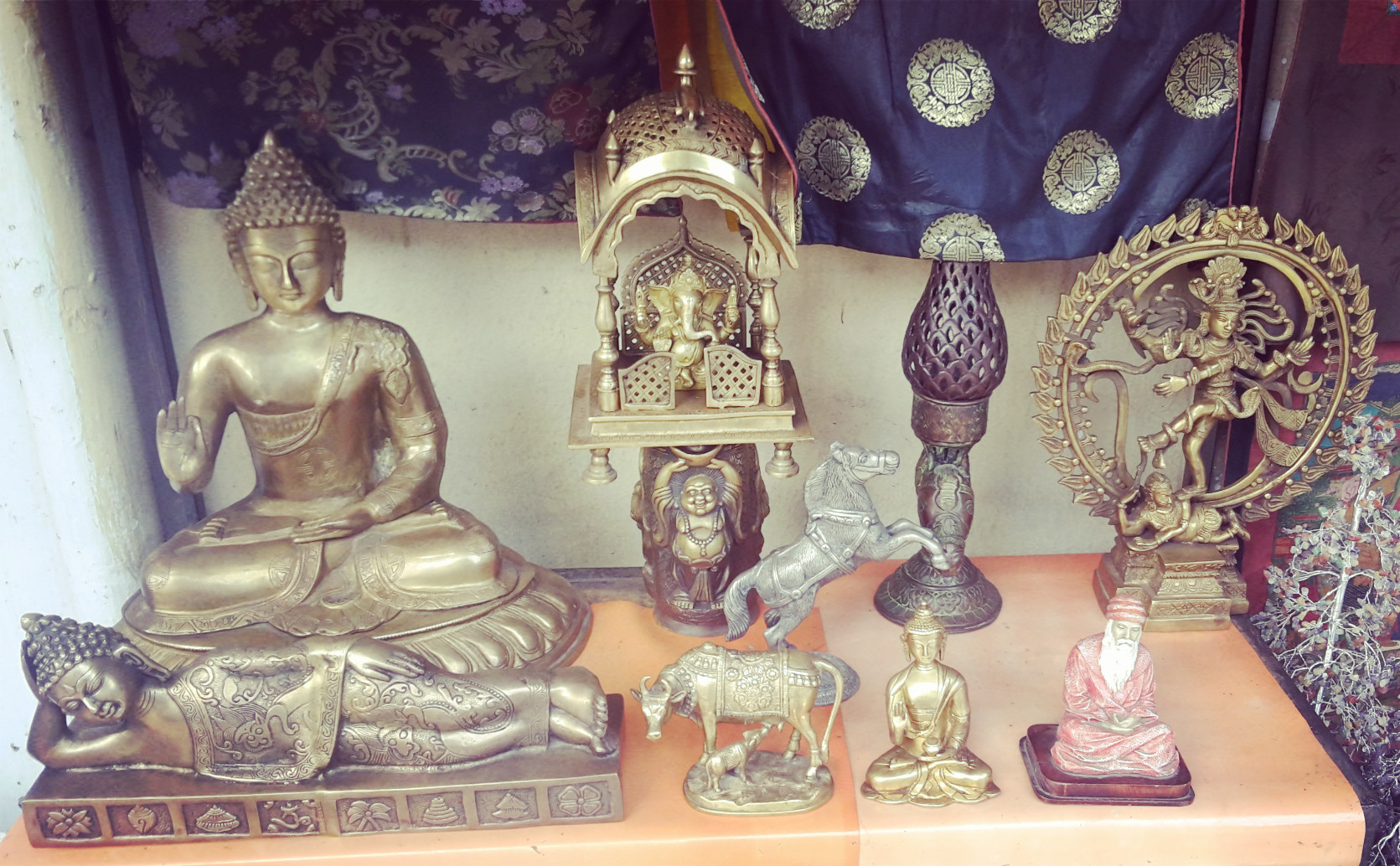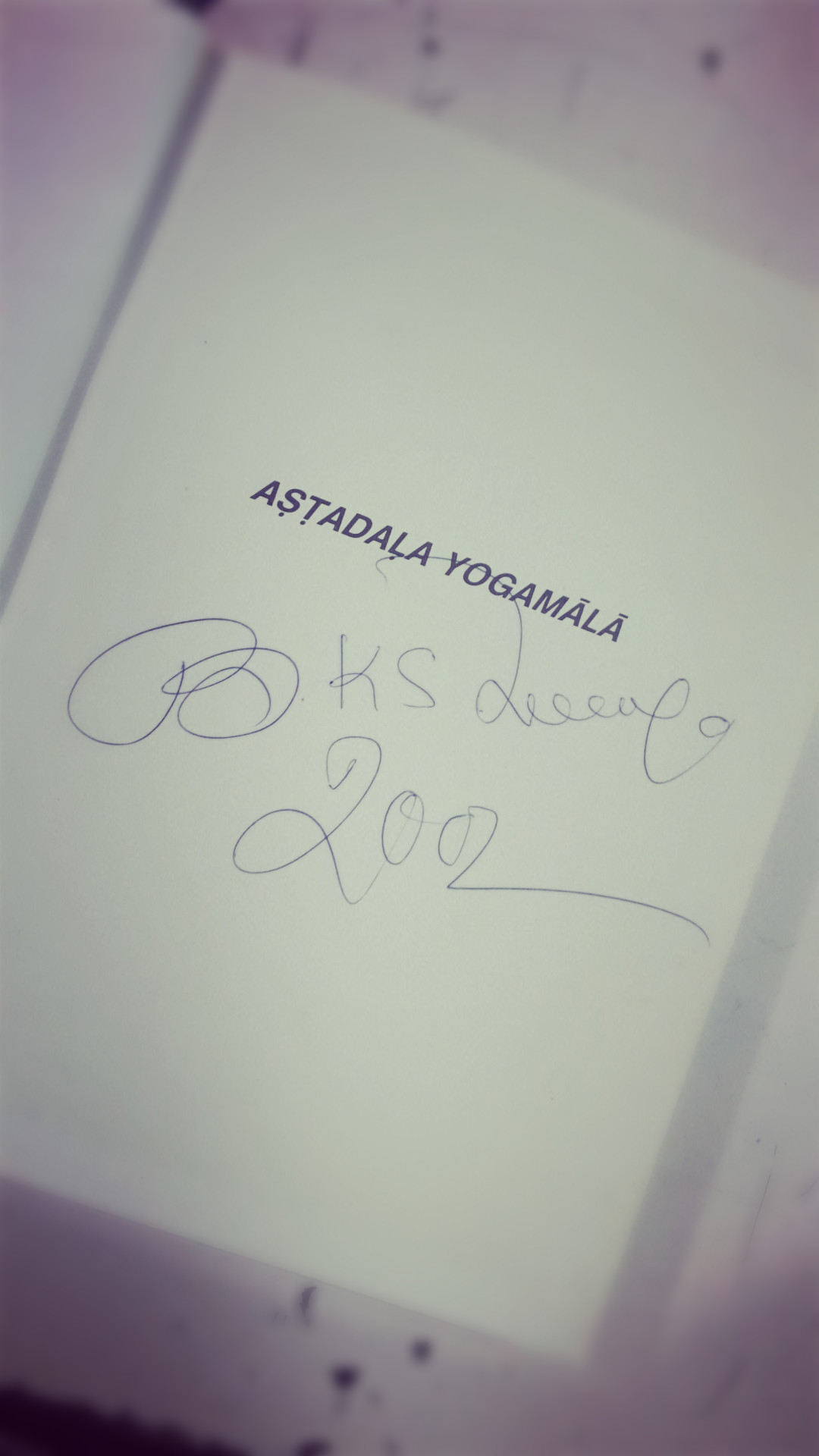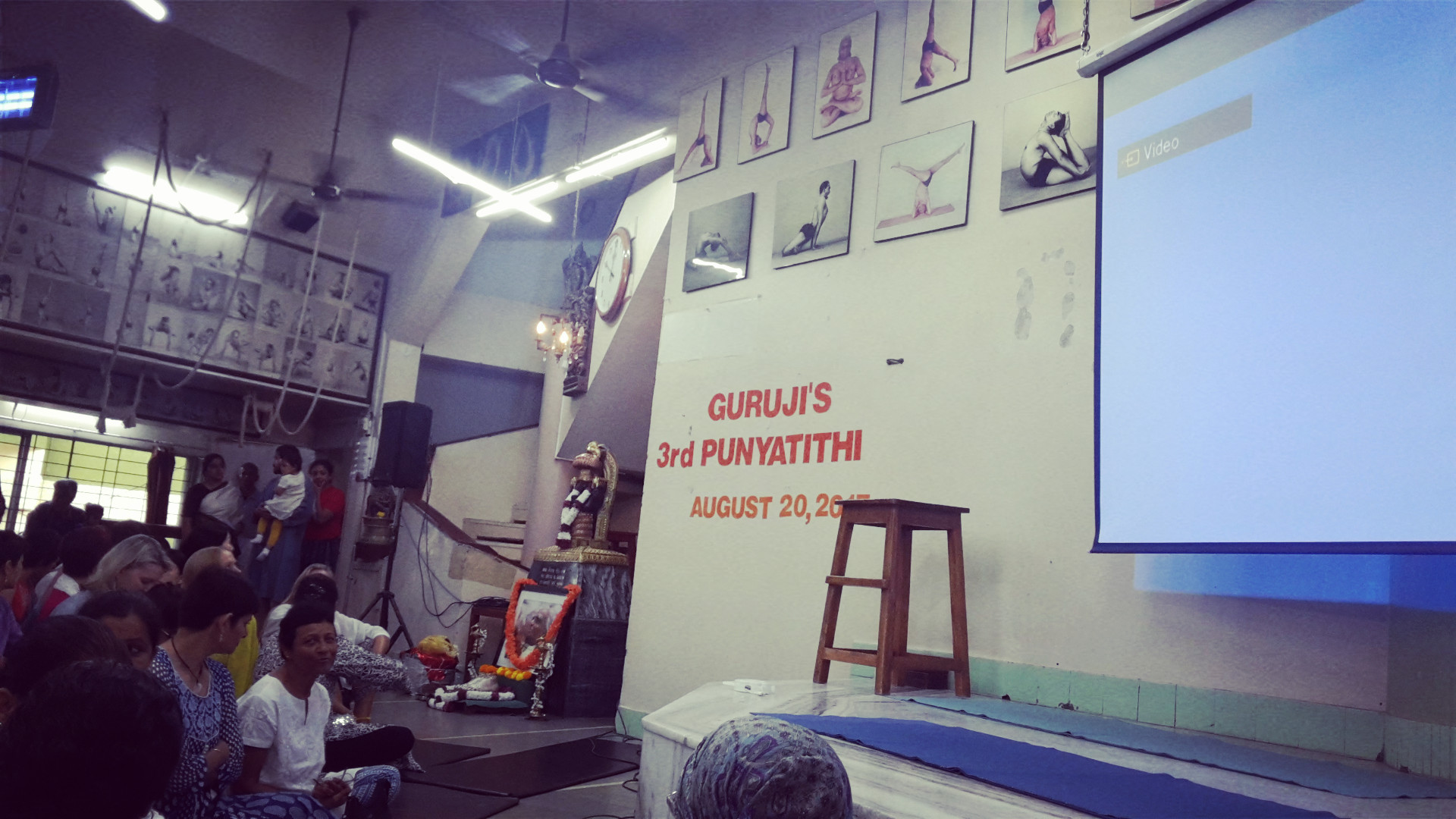
Last Sunday was BKS Iyengar’s punyatithi (death anniversary). There was a function organised by the institute in which Abhijata spoke.
When I got to the institute (half an hour early), it was buzzing with activity. Students were helping to arrange mats on the floor for all of us to sit on and technicians were taking care of the audio/video system. The program started with the invocation to Patanjali and then Abhijata took the stage.
Her speech was a combination of personal memories of her grandfather, his approach to yoga, his method of teaching, his commitment to the subject and his belief system. A nice little addition was the re-enactment of scenes from BKS Iyegnar’s classes, where the rest of the teachers went up on stage and pretended to be students as Guruji taught. Abhijata did her best impersonation of the disciplinarian Guru while we tried to imagine our teachers in the plight that we so often find ourselves in.
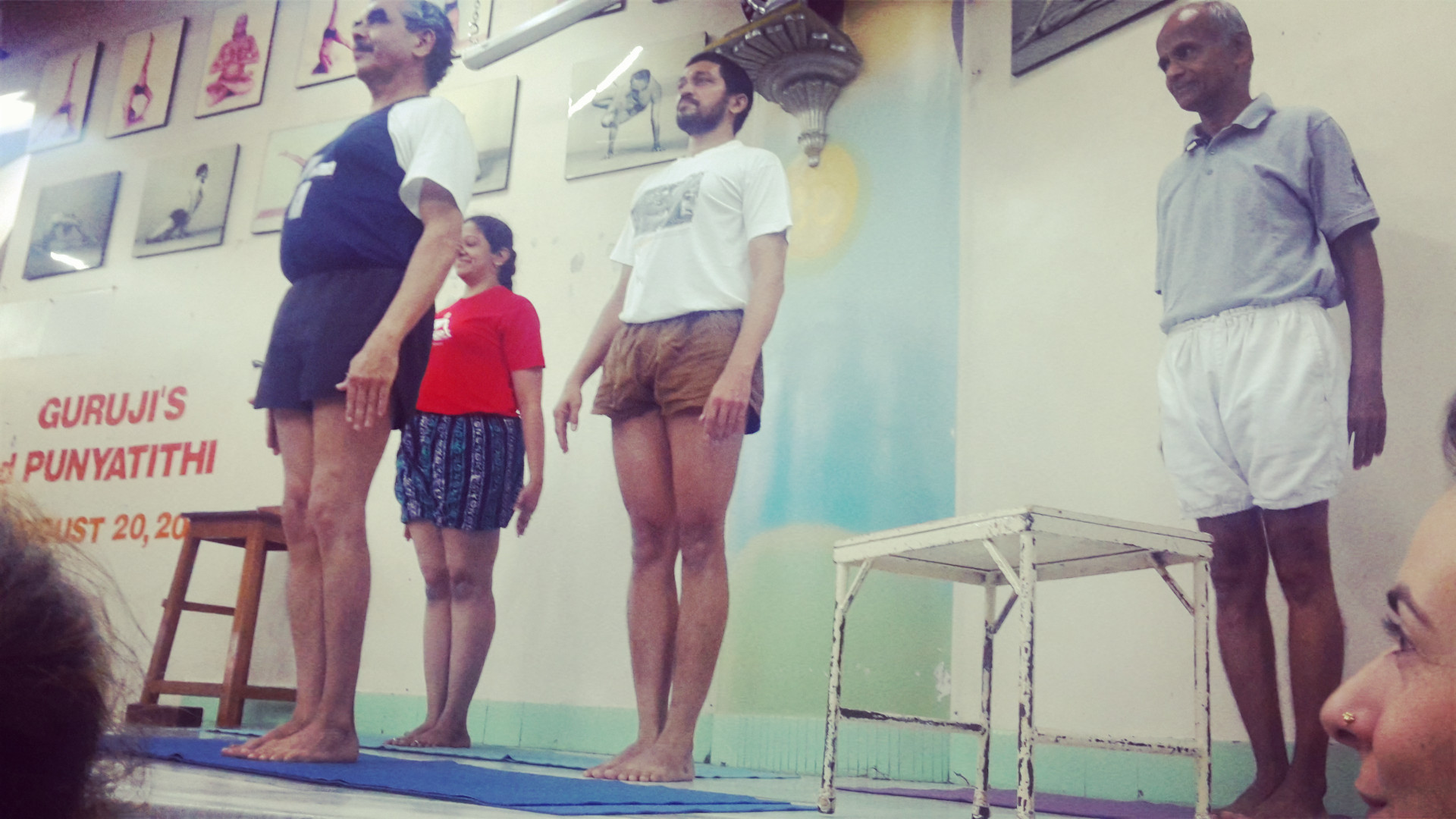
What I really liked about Abhijata’s speech was how she wove the lessons learned with personal anecdotes. When talking about how Iyengar yoga helps us in cultivating a sense of peace or understanding who we really are, she said the Guruji had once said ‘My sole and soul is the same.’ Meaning that it is through the understanding and awareness of the gross body that he was able to cultivate insight. You need to work so hard, make your body so potent that you can escape gravity. Although anatomy is a rigid structure, you can’t pinpoint where the body ends and mind begins. Your inner working has to be revealed through your outer self.
She also said that yoga is a living art. Asana is a metaphor for life. Yoga teaches you how to navigate through problems in life. Chitta vritti has to come so that you can learn how to deal with it. Action can’t guide, reflection does. The prakriti has infinite potential, so it is possible to change our lives. As an analogy think of a farmer laying the groundwork for his crops. He does his best without thinking of the mechanics of how the seeds will sprout. He lays the groundwork and the seeds sprout on their own. Similarly, we must put in the practice, and everything else will also fall in place.
Life is to live. Your sensitivity to yourself and the world around you increases through the practice of yoga, and this heightened sensitivity helps you to solve your problems. For this your tapas has to have fire. Your practice should have drive, passion and zeal.
It was fitting then that Abhijata ended her speech a little teary eyed and saying ‘He taught me how to live.’
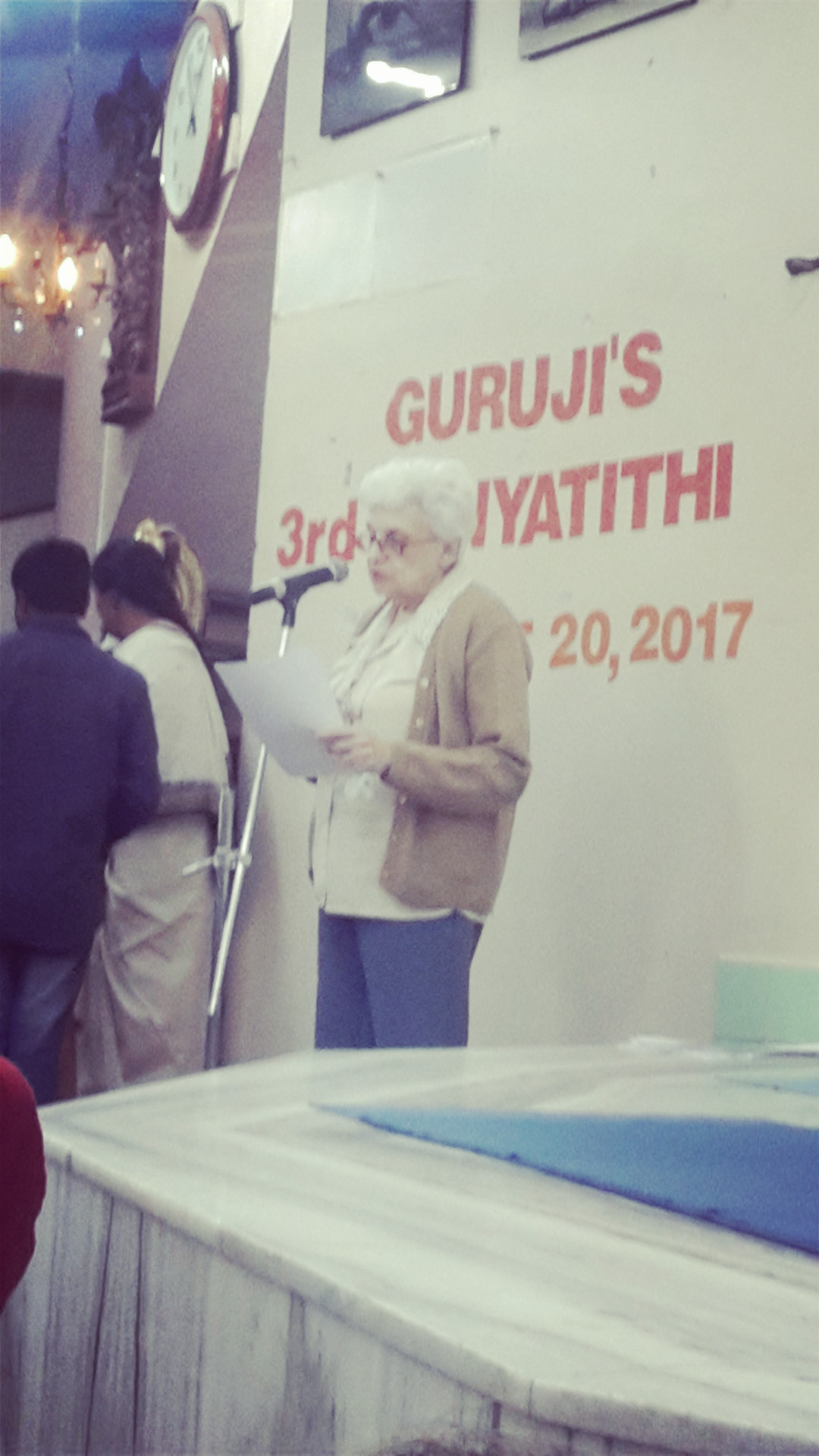
Recounting experiences with BKS Iyengar
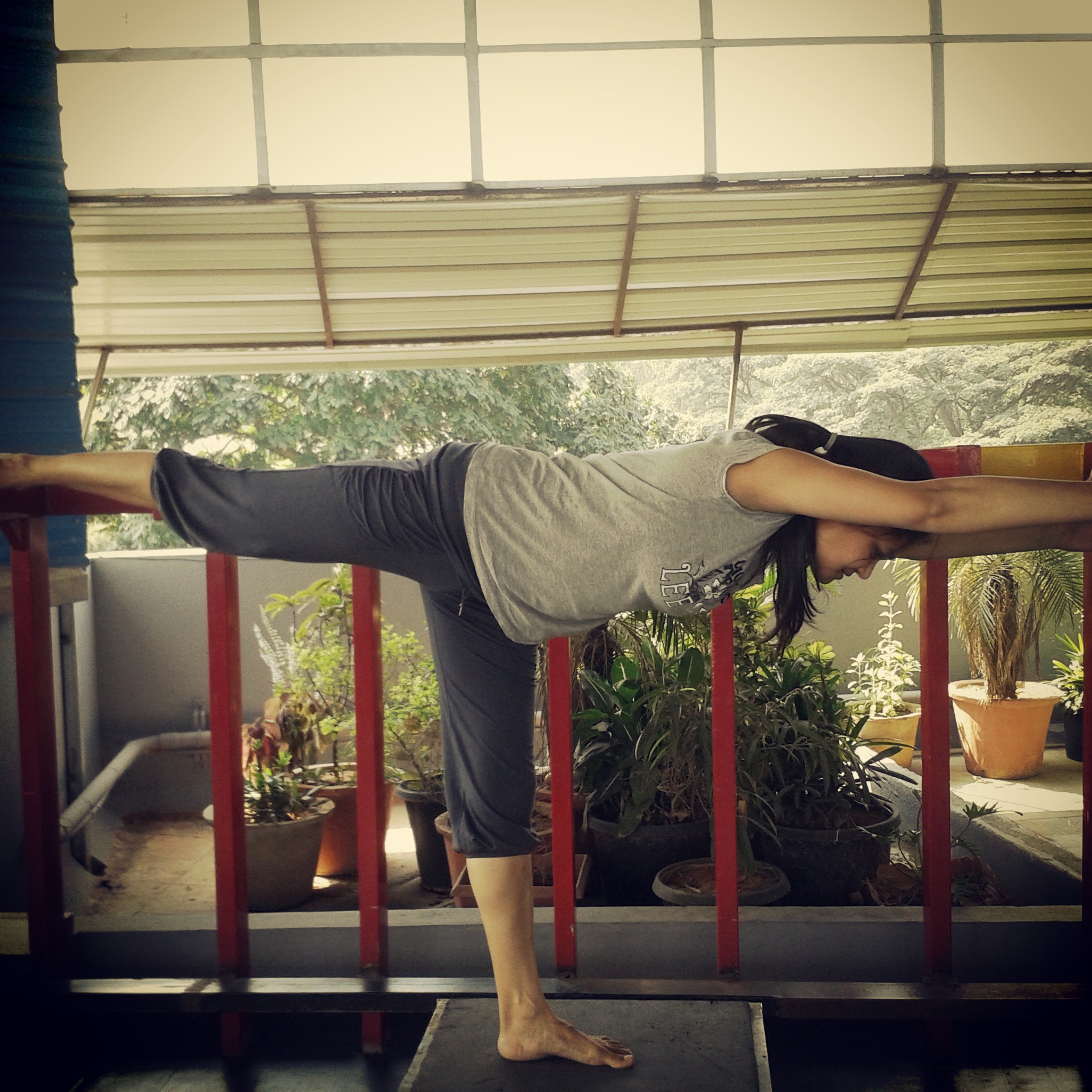
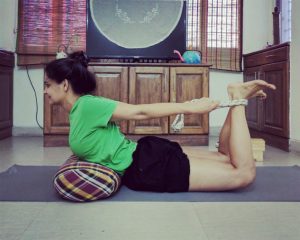
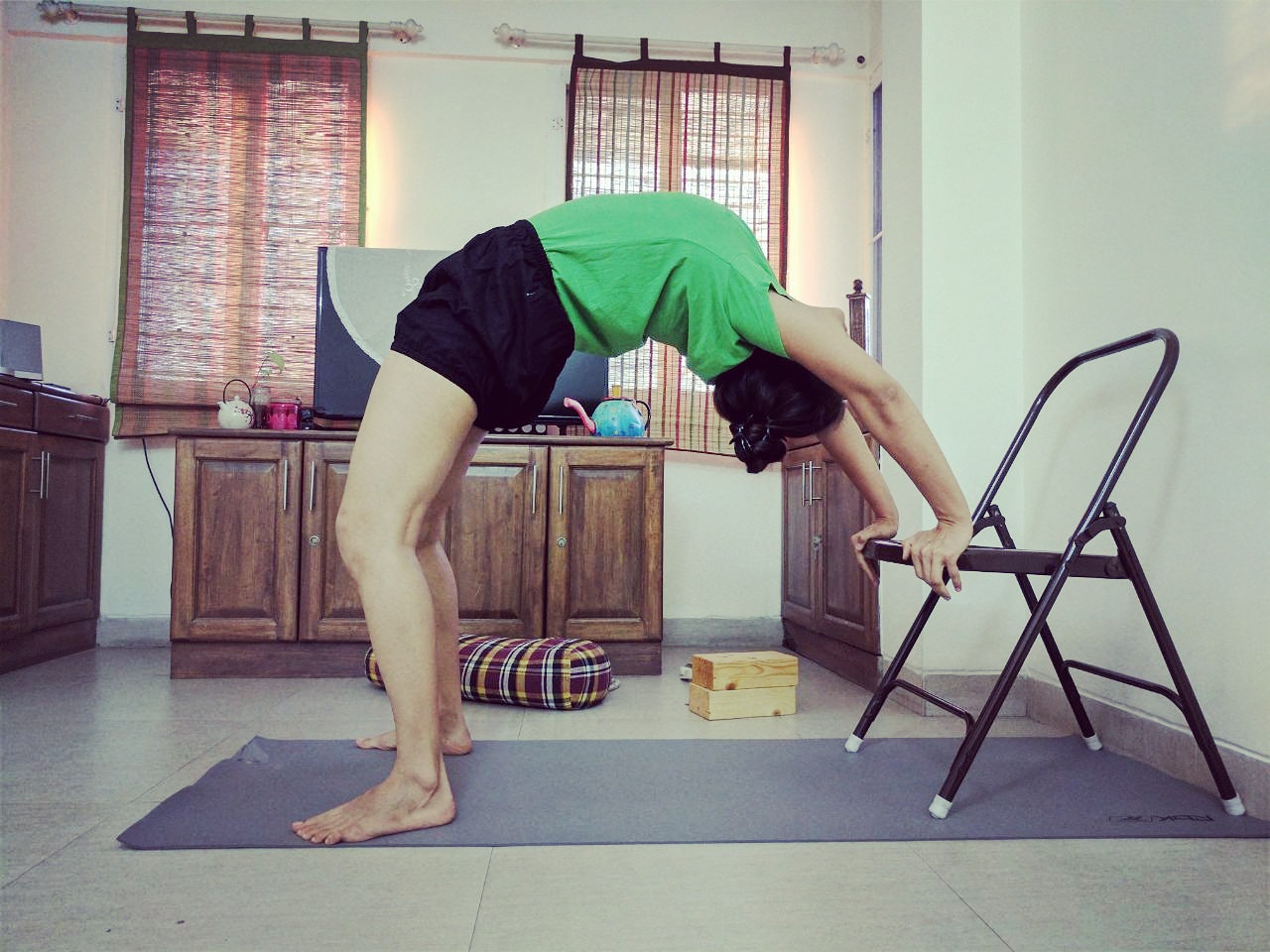 amount of water you put into it won’t stay in it. Similarly our bodies have to be ready for Pranayama for it to be effective and not harm us. Devki said that many times students ask her why we aren’t doing seated pranayama. The reason is that most of us aren’t able to maintain a straight spine throughout the practice. With a crooked spine the breath is constricted and the organs of breath are uncomfortable. (BKS Iyengar has said: Crooked body crooked mind.) The organs of breath need to be disciplined before we can start to control the breath. For this reason we spend almost 90% of the class in a supine position using bolsters and blankets.
amount of water you put into it won’t stay in it. Similarly our bodies have to be ready for Pranayama for it to be effective and not harm us. Devki said that many times students ask her why we aren’t doing seated pranayama. The reason is that most of us aren’t able to maintain a straight spine throughout the practice. With a crooked spine the breath is constricted and the organs of breath are uncomfortable. (BKS Iyengar has said: Crooked body crooked mind.) The organs of breath need to be disciplined before we can start to control the breath. For this reason we spend almost 90% of the class in a supine position using bolsters and blankets.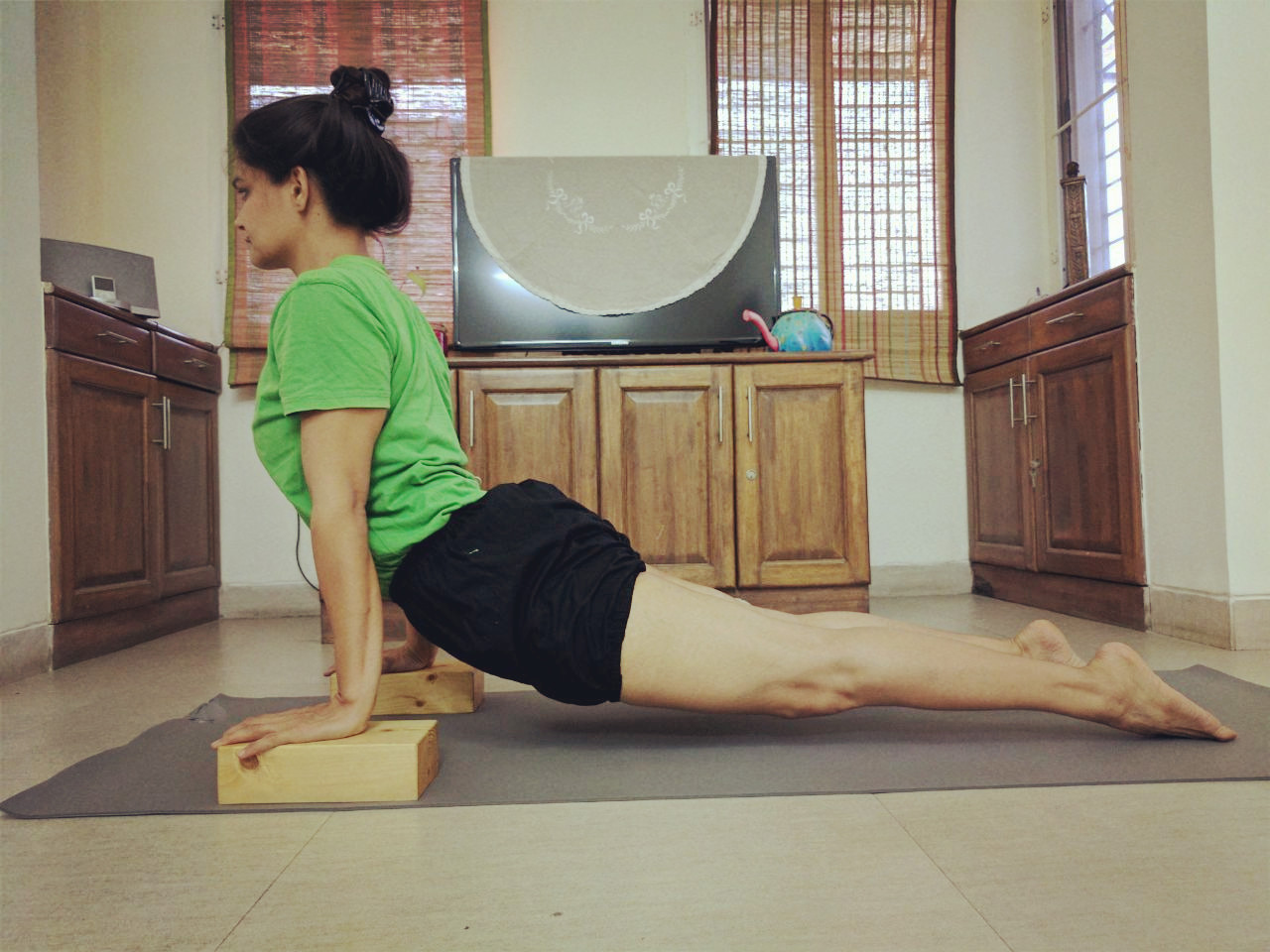 As we are settled in our positions with bolsters and blankets, Devki talks us through what we are doing and the importance of it. In yesterday’s class she said something relevant to what I wrote about in my
As we are settled in our positions with bolsters and blankets, Devki talks us through what we are doing and the importance of it. In yesterday’s class she said something relevant to what I wrote about in my 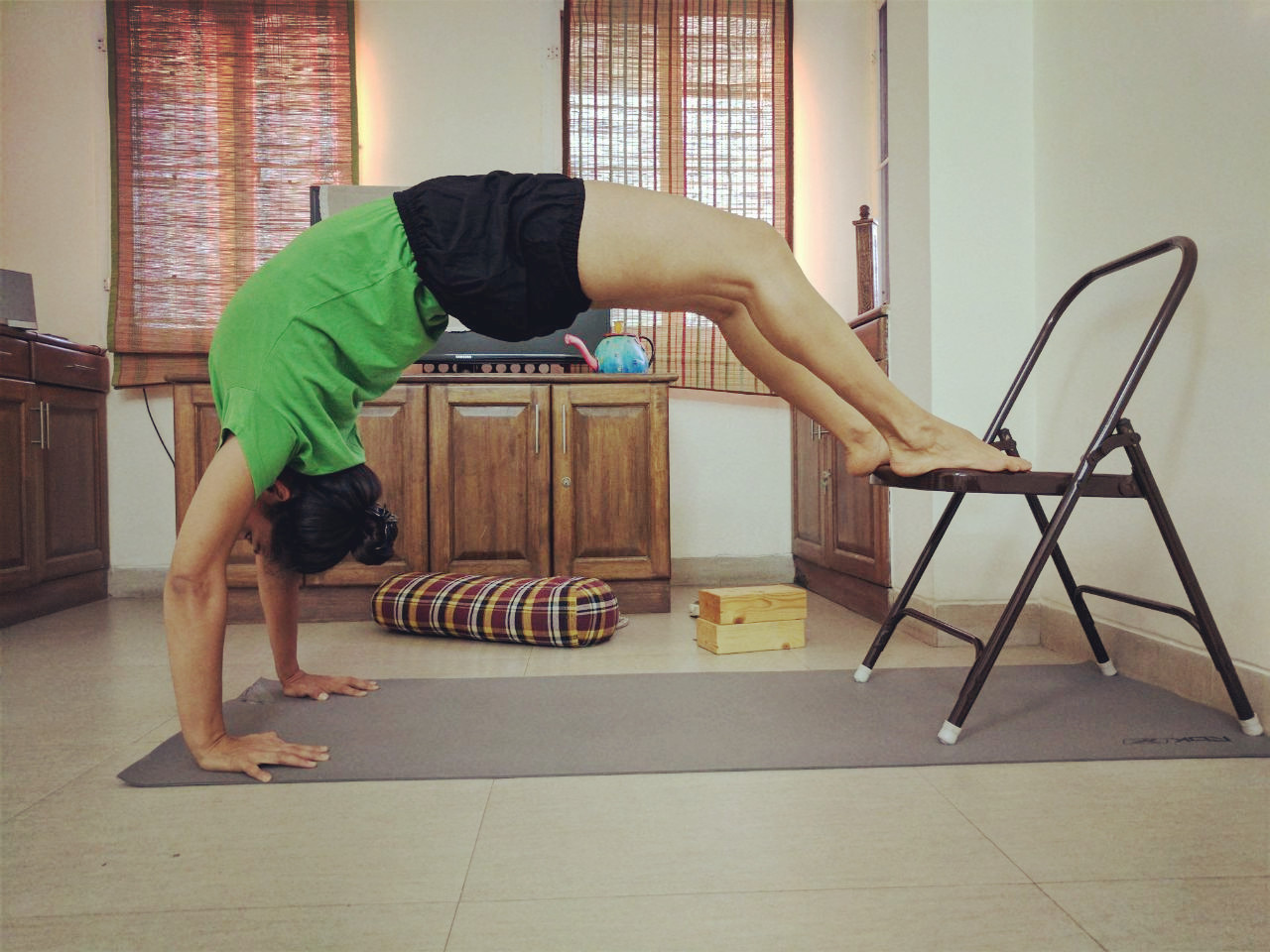 the chest, we allow a metaphorical ‘airing out’ of stale and painful emotions. Everything that happens to us results in shaping our world view and behaviour. Sometimes what happens to us is painful and unfair. Unfortunately, these events make an imprint in our minds and effect our behaviour. We sometimes never let go of painful memories and they fester in our subconscious brain and almost always result in psychosomatic pain.
the chest, we allow a metaphorical ‘airing out’ of stale and painful emotions. Everything that happens to us results in shaping our world view and behaviour. Sometimes what happens to us is painful and unfair. Unfortunately, these events make an imprint in our minds and effect our behaviour. We sometimes never let go of painful memories and they fester in our subconscious brain and almost always result in psychosomatic pain.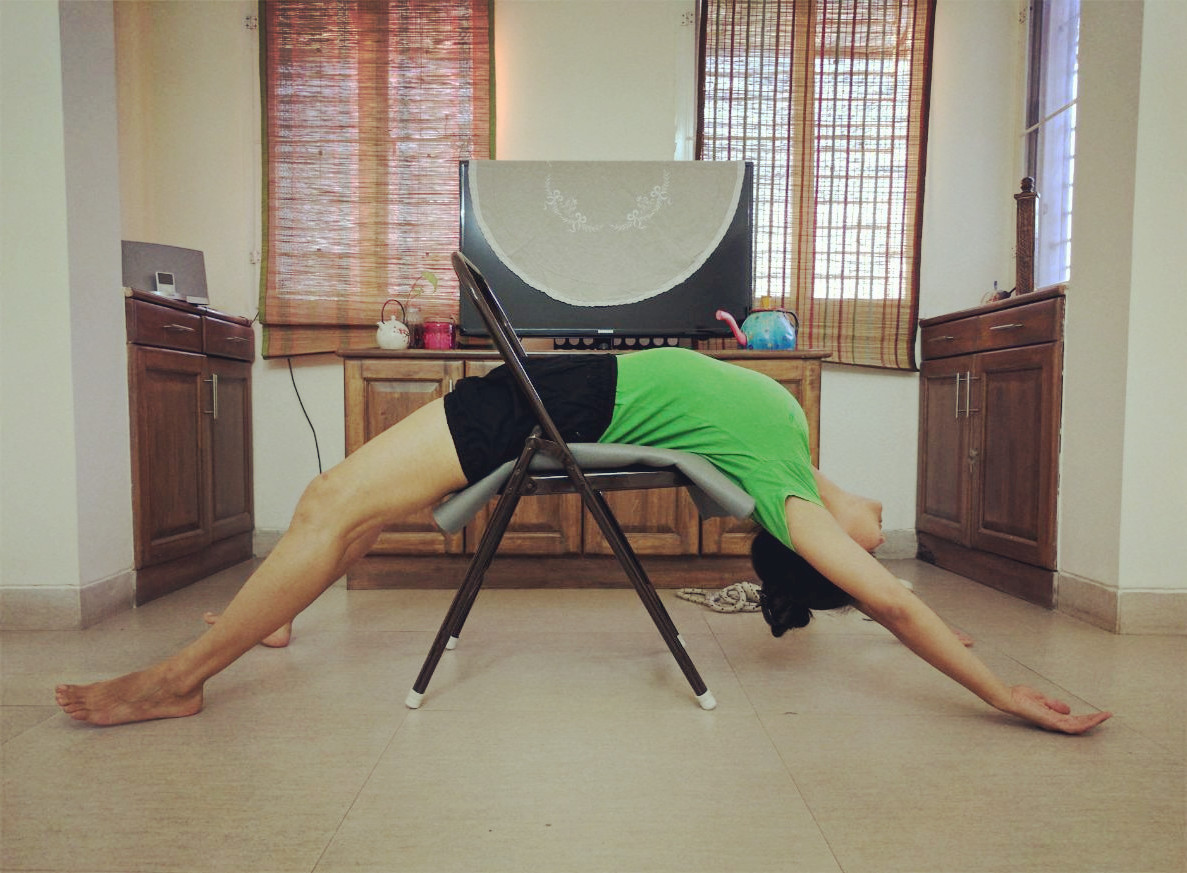
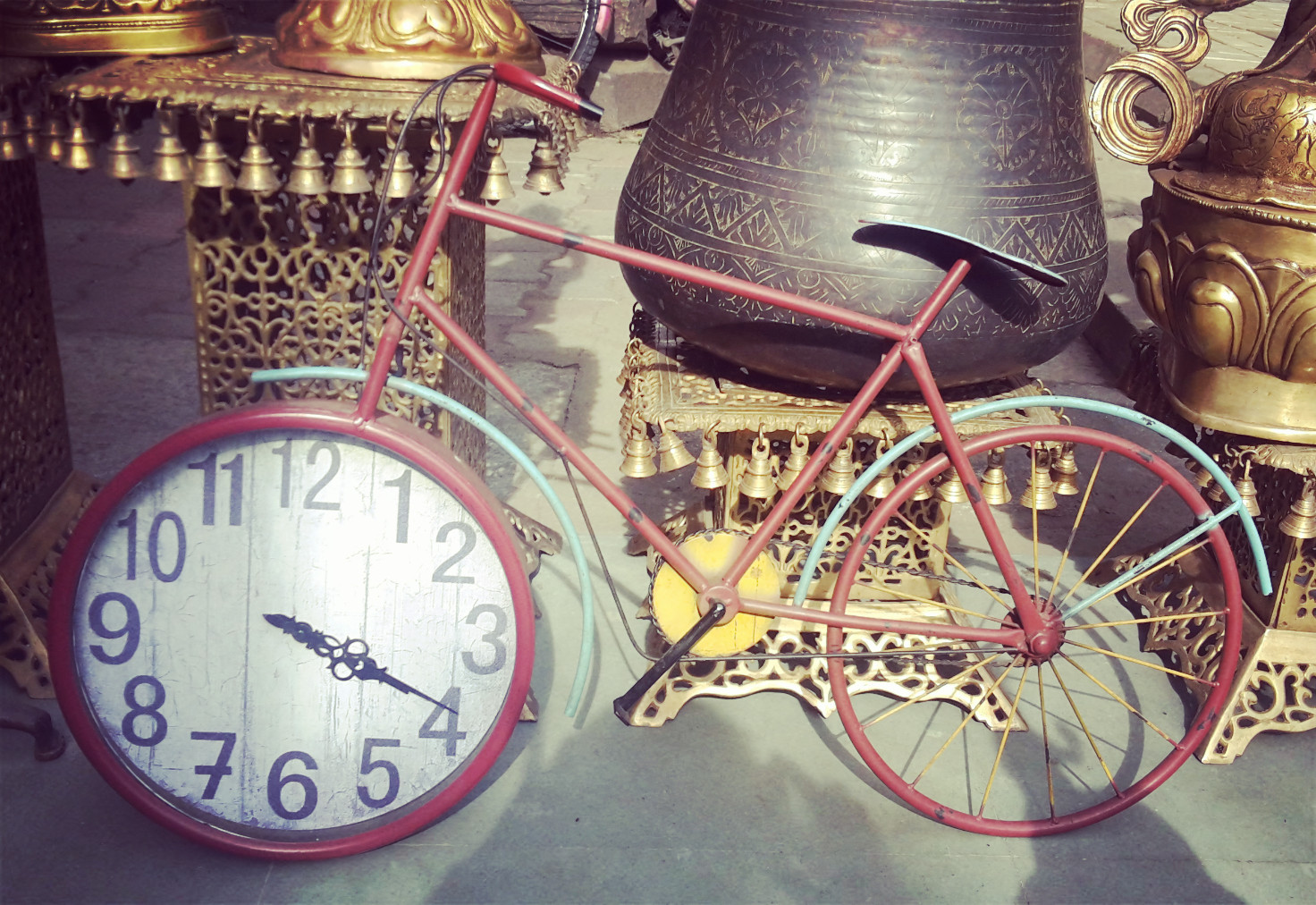
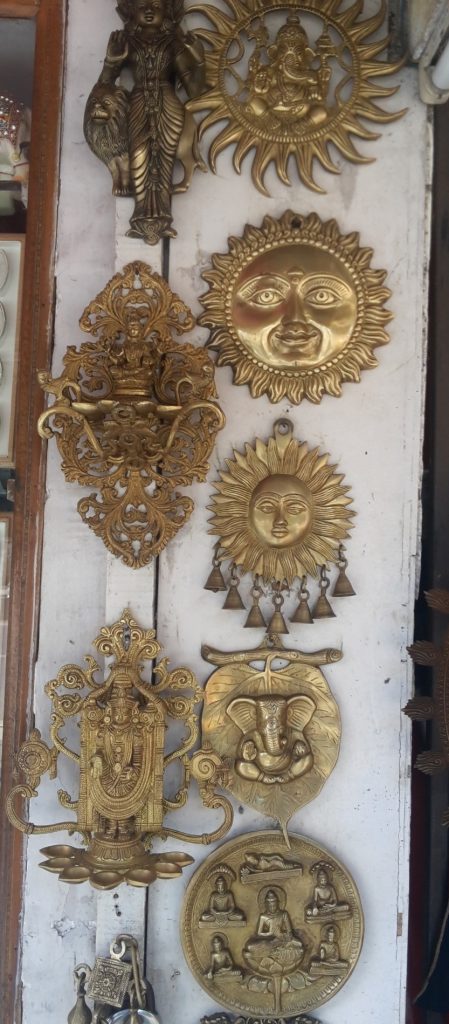 I’m staying at the same place I stayed in last time. For some reason, ever since I got here, I’ve been unable to get a restful sleep. When you spend a lot of time upside down during the day, you just feel like crawling into bed. There have been times when I felt like I should sleep during the day, but strangely, I wouldn’t be able to! Then one day while walking home after a super long self-practice session, I realized what was happening. The backbends that I have been practicing daily are the culprits. I’ve observed that whenever I practice backbends, I am an emotional wreck for a while. It’s not something that I can distract myself from with inane stuff on Netflix. It’s a bit more serious. And it happens to a lot of other people as well. When you bend backward, your emotional centre is exposed and open. Sometimes this causes the flood gates to open. You remember insignificant things and start to feel bad about them. Or events that you thought you’d already dealt with come to the fore and you realise that things aren’t ok. It’s a barrage of emotion that erupt and possess you and bring you to tears. But if it’s an emotional detox, then it’s probably good to get this stuff out of your system to clean up your space. So despite the fact that I absolutely dread backbends, I keep pushing through. I figure that once I’m done purging all this emotion I’ll be able to sleep better. At least I hope so. Time will tell.
I’m staying at the same place I stayed in last time. For some reason, ever since I got here, I’ve been unable to get a restful sleep. When you spend a lot of time upside down during the day, you just feel like crawling into bed. There have been times when I felt like I should sleep during the day, but strangely, I wouldn’t be able to! Then one day while walking home after a super long self-practice session, I realized what was happening. The backbends that I have been practicing daily are the culprits. I’ve observed that whenever I practice backbends, I am an emotional wreck for a while. It’s not something that I can distract myself from with inane stuff on Netflix. It’s a bit more serious. And it happens to a lot of other people as well. When you bend backward, your emotional centre is exposed and open. Sometimes this causes the flood gates to open. You remember insignificant things and start to feel bad about them. Or events that you thought you’d already dealt with come to the fore and you realise that things aren’t ok. It’s a barrage of emotion that erupt and possess you and bring you to tears. But if it’s an emotional detox, then it’s probably good to get this stuff out of your system to clean up your space. So despite the fact that I absolutely dread backbends, I keep pushing through. I figure that once I’m done purging all this emotion I’ll be able to sleep better. At least I hope so. Time will tell.